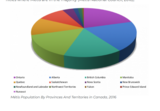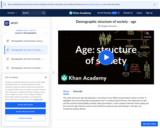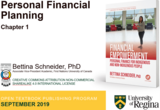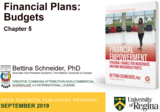
Demographic & Table which describes Indigenous population in Canada and where they are located geographically.
- Subject:
- Indigenous Perspectives
- Math
- Material Type:
- Diagram/Illustration
- Author:
- Centennial College
- Date Added:
- 11/19/2024

Demographic & Table which describes Indigenous population in Canada and where they are located geographically.

Sociology often looks at different age cohorts. A cohort is simply a group of people, but here we're looking specifically at different age groups or generations, because these people all lived through the same certain events through a certain time that affected their lives similarly.

This content covers financial planning, goal setting and elements that influence financial decisions. Uniquely tailored to Indigenous students’ experiences and histories, Financial Empowerment covers a wide range of topics in financial planning, personal finance, and financial decision-making. Threaded throughout with Indigenous and Canadian content, videos with Elders are also included, offering students their perspectives to enhance the learning experience.

This is an interactive questionnaire for students to learn about where the "fit" in the Canadian (or provincial) economies, how they compare to the rest of the population. It compares our SK population to the rest of Canada, job interests to where the rest of Canadians are employed and budget choices to others. It's interesting for students to see how the statistics of other Canadians and how they compare (across ages and geographies).

This content covers budgeting and net worth elements that influence financial decisions. Uniquely tailored to Indigenous students’ experiences and histories, Financial Empowerment covers a wide range of topics in financial planning, personal finance, and financial decision-making. Threaded throughout with Indigenous and Canadian content, videos with Elders are also included, offering students their perspectives to enhance the learning experience.

Looks at rural and urban demographics in relation from conflict, symbolic interactionist and functionalist perspectives.

Rural life is quite separate and unlike urban life in most developing nations. In Cambodia, there is a great contrast between rural and urban life. The rice fields of Kampong Cham and the bustling streets of Phnom Penh are worlds apart. The purpose of these three lessons is to provide students with an overview of Cambodian rural life through lecture, reading, and writing. Students will analyze demographic data, write a creative story using the viewpoint of a village participant and critically discuss issues of poverty and modernization in rural Cambodia. Finally, they will reflect on how their own values influence the way they view life in rural Cambodia. These lessons are designed for a high school elective about Cambodia, but could certainly be used by any high school or middle school students studying Cambodia.